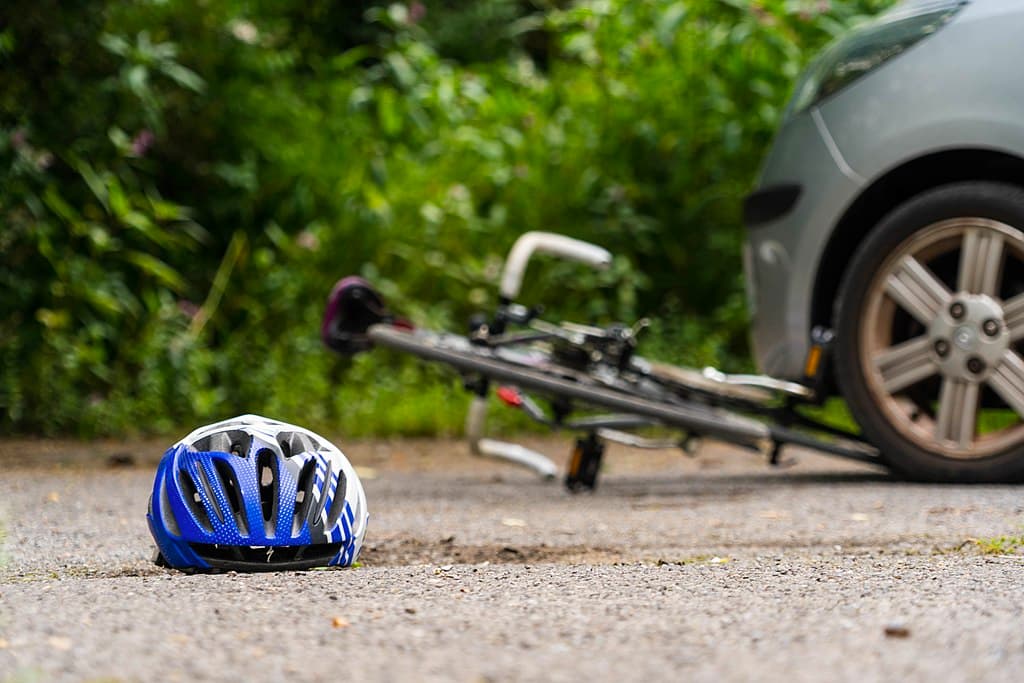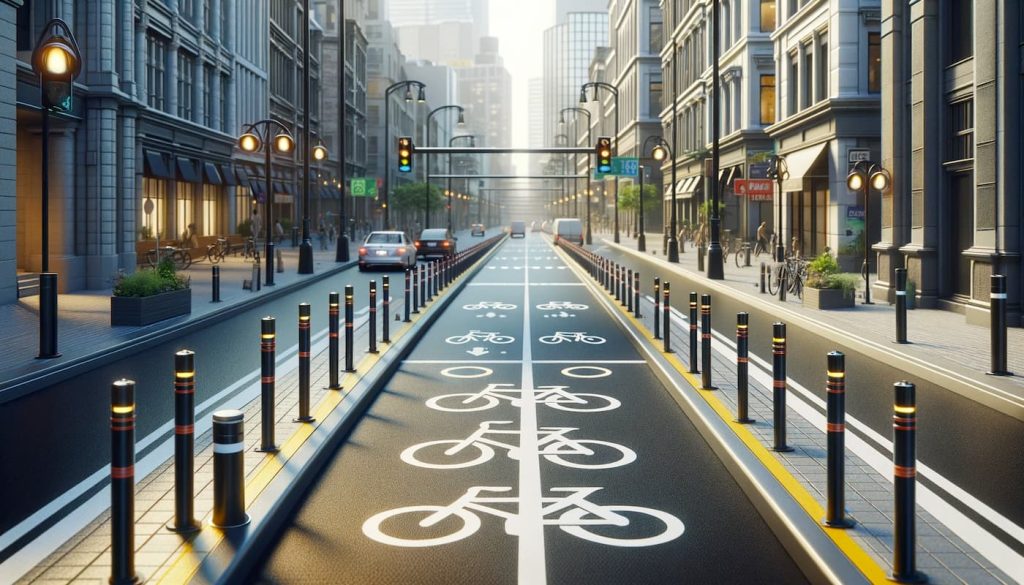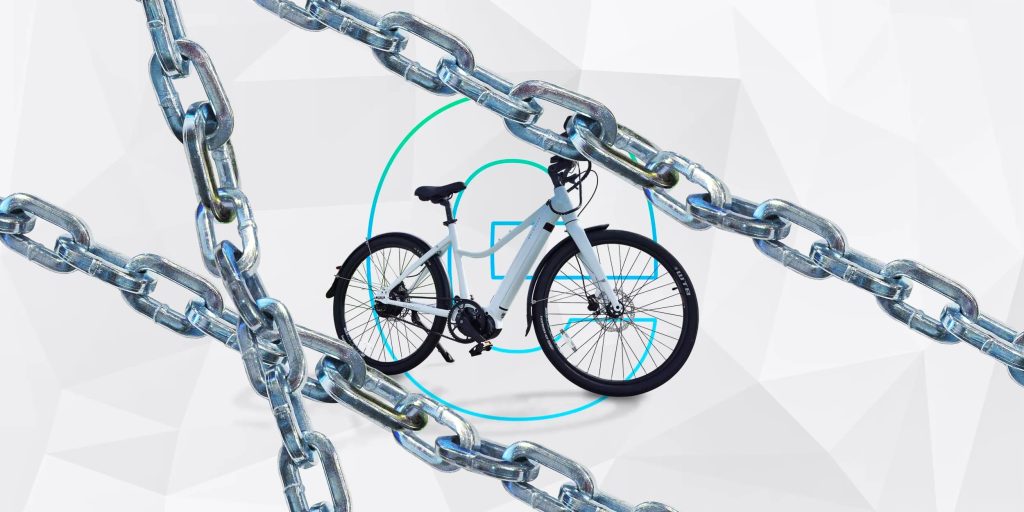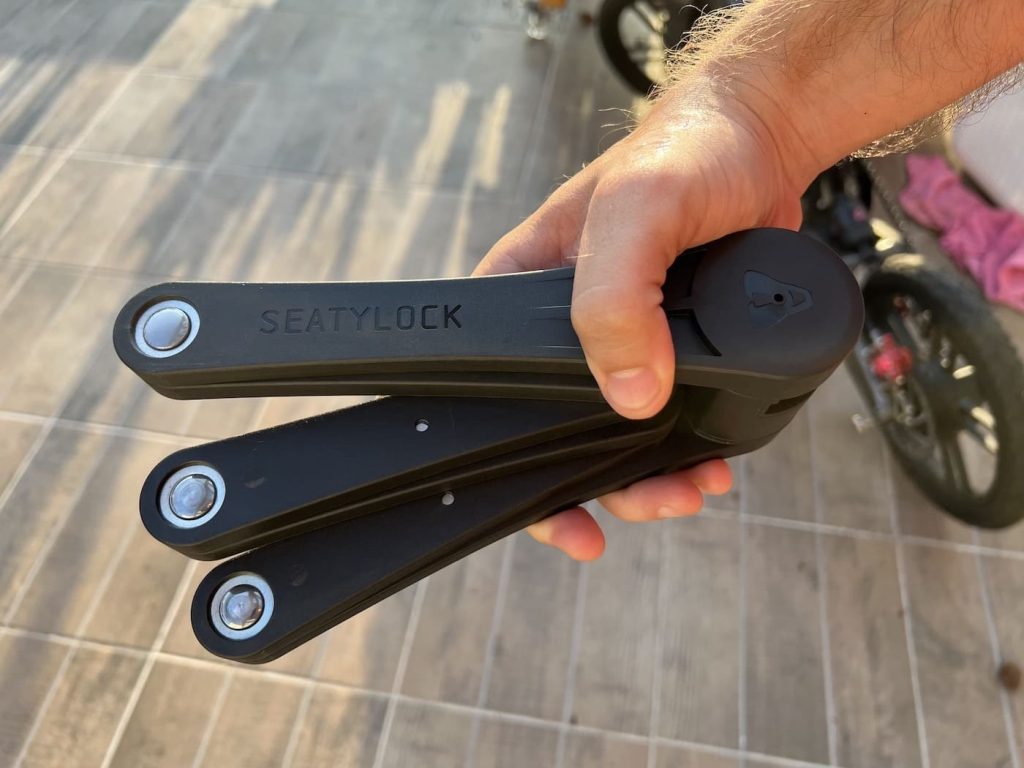
The rise of electric bicycles is leading to a critical shift in urban transportation, bringing with it the potential for cleaner cities, reduced traffic congestion, and a boost to riders’ physical and mental health. However, there are still two significant barriers preventing many from adopting this green mode of transportation. The strange thing though is that neither of the two biggest problems with e-bikes are even about e-bikes themselves.
The deadly risk of cycling on roads
Riding an e-bike is almost entirely a positive experience in and of itself – at least if you ignore outside factors. Riders get where they’re going faster, they save money, and they get healthy.
But if you ask those who are bike-curious why they haven’t made the switch from their car to a bike, the most common answer will be something to do with getting hit by a car.
And it’s not an irrational fear. While most cyclists are likely never to get hit, especially when employing safe riding tips and practices, there’s no getting around the fact that the rate of cycling injuries and deaths is increasing in the US.
There’s plenty of blame to go around for this problem. Part of it can be related to car bloat, where every year we see cars growing a little bit bigger and heavier, resulting in today’s massive SUVs and trucks. Part of it can be attributed to distracted drivers who are increasingly tied to their phones instead of looking out for other road users. But the biggest culprit of all – and the one thing that can help negate all of those other issues – is a distinct lack of widescale safe cycling infrastructure.

Every year, countless cyclists lose their lives in collisions with motor vehicles. The juxtaposition of lightweight bicycles and heavy, fast-moving vehicles, especially in areas without designated bike lanes, means that cyclists are always the losers regardless of who’s at fault in a crash.
Cities worldwide must recognize this urgent issue and invest in creating safer infrastructure for cyclists. This means constructing protected bike lanes, especially those separated from traffic by barriers or a safe distance.
But it also means more comprehensive road safety campaigns, focusing on educating drivers about sharing the road. And lastly, penalizing dangerous driving. Speed cameras are a simple and easy way to enforce the most common cause of accidents (and the largest risk that an accident leads to injury or death), speeding cars. Other methods should also be explored. There’s no reason to allow dangerous driving that threatens other road users to go unchecked.

The lurking threat of bike theft
Even if we suddenly solved the issue of dangerous car drivers killing cyclists, there’d still be one other major hurdle to promoting widespread e-bike adoption: bike theft. It’s one of the main concerns potential e-bike riders face, with rampant theft of bicycles in urban areas now increasingly focusing on electric bikes for their higher value and ability to part out the expensive components.
E-bikes are often pricier than their traditional counterparts due to their motors and battery systems, making them especially attractive targets for thieves. The anxiety of leaving a pricey investment locked in public has deterred many potential riders.

One solution to this problem lies in strengthening security infrastructure. Cities can invest in more secure bike parking stations, equipped with surveillance systems and secure locking structures. Property owners can also contribute by providing safe indoor storage spaces for residents and employees. I recently spoke with LeGrand Crewse, the CEO of California-based e-bike company SUPER73, who told me about a local project where the company partnered with high schools to help build secure locking rooms on campus to ensure students wouldn’t have to worry about an expensive bike being stolen during the day.
Focusing on locking education, especially on which locks are higher quality and how to use multiple locks in unison, can help riders feel more confident about protecting their rides. I’ve used a from Seatlylock for the last few months and found it to be one of the best, most secure locks I’ve ever tried.
Education is key, but the best and most effective option relies upon cities helping to create safer locking locations. You don’t have to go full-Amersterdam, though that’d be a good place to draw inspiration. Check out the impressive bike parking garages I saw on my last visit to The Netherlands.

A call to action
While e-bikes offer a promising solution to many urban transportation problems, their potential remains needlessly limited by theft concerns and safety issues. These are issues with solutions, and we should work to implement those solutions.
As cities look to a more sustainable future, it’s imperative to tackle these challenges head-on. Safe and secure bike parking and dedicated protected bike lanes are not luxuries; they are necessities in a world where we rely on smaller and more efficient alternatives to the cars and SUVs that have taken over our cities.
It’s time to fix these problems and reimagine our urban spaces to ensure that everyone, from e-bike riders to pedestrians, can move about safely and confidently.
Author: Micah Toll
Source: Electrek



